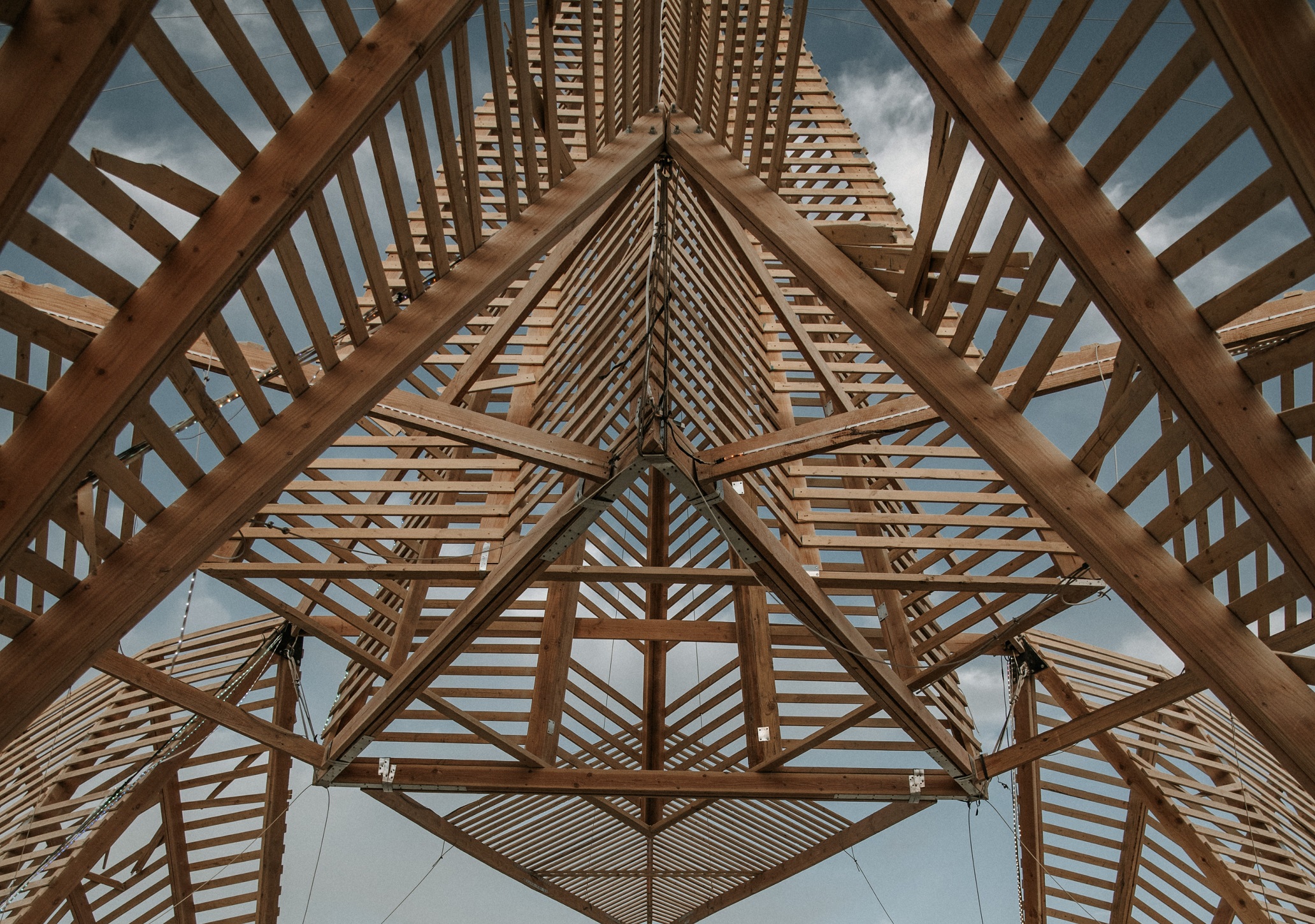Where are they now? Revisiting the most innovative timber projects of 2018
With sustainability at the forefront of most contemporary architectural projects, International Timber took a look at some of the most innovative architectural timber designs proposed over 2017 and 2018.
In this post, we’re going to revisit these ground-breaking projects to review their progress – are they standing tall or were plans scrapped? This is the current state of Portland Tower, Toronto Tree Tower and Brock Commons in 2020.
Portland Tower
When this innovative building was first designed, it was set to become one of North America’s tallest wooden structures. First hitting headlines in 2017 it was proposed for Portland’s Pearl District and was an architectural dream for environmentalists, proving that timber was a perfectly suitable material for high rise structures.
The 12- storey building was to consist of two key timber products, both engineered woods that have proven themselves to be staple building materials – cross laminated timber (CLT) and glue laminated timber (Gluelam). The project gained planning permission after vigorous testing to ensure it met all fire, seismic and acoustic requirements which were all successful. Furthermore, the project perfectly demonstrated the growth of wood as a building material in the 21st century and has progressively started to replace typical materials such as steel and concrete.
The project, for now, has been put on hold. It was due for completion towards the end of 2018, however, costs began to exceed the bottom line. Initially estimated at $34 million (£26 million), the company behind Portland Tower has agreed that “fluctuations in the tax market” mean that the project cannot go ahead in its current state.
Despite the current pause, we think this project perfectly demonstrates the capability and potential timber has for architectural projects such as high-rise buildings. Moreover, we hope that this will be able to commence and help pioneer sustainable construction in such a crucial climate.
Toronto Tree Tower
Designed by the architectural firm, this project is like no other high-rise. This ingenious design was first proposed in 2017 and was inspired by Montreal’s renowned Habitat 67 building. The 18- storey project is inevitably going to show that Toronto is at the forefront of creating sustainable architecture that can also connect with nature in a bustling urban environment.
The design is innovative (to say the least) and will stand out from the majority of the capital’s steel and glass skyline. The proposal has stated that the high-rise will stand at 62m high and will provide 4,500 square metres of residential space and 550 square metres of public space.
Canada’s long history of timber construction means the building would stay intact with traditional Canadian architecture and be at the forefront of the capital – Canada pioneered wooden architecture and was one of the first countries to change their building codes and use timber in vertical constructions. The design proposes the building consist of pre-fabricated and pre-cut cross laminated timber (CLT) panels that will be assembled into modules off-site at an indoor facility.
The latest news on the tower is that it is still awaiting planning permission – not surprising for such a trailblazing development. If the building is successful, however, it will set a benchmark for future high-rises around the globe – this is certainly the start of something special. We hope that the project gets underway soon.
Brock Commons
With many sceptical about timber being a suitable and safe material for architectural projects, Brock Commons has denounced this expectation spectacularly.
Completed in 2017, as the tallest timber building in the world its performance was naturally going to be questioned. Two years on, the building still meets expectations and more. Standing at 18 storeys high, the building has pioneered new timber-based architectural designs. It currently operates as a student residence for the University of British Columbia in Vancouver.
Let’s hope we see more of these timber-based high-rises appearing across the world’s sky lines over the next few years!
The Greta Effect
Considering the current political climate and the major concerns towards climate change – brought to the forefront in recent months thanks to young activist Greta Thunberg – architecture needs to adhere to this and be more sustainable than ever.
The above developments perfectly demonstrate the huge potential of timber in construction and we believe all projects should start to consider this as an alternative to concrete and steel.
If you’d like to speak to a timber consultant about our product range, or want a bit more information on what we can offer you, get in touch and we’ll be able to help you out!
Don’t forget to follow us on Twitter, LinkedIn and Facebook to keep up to date on all the latest timber news!


